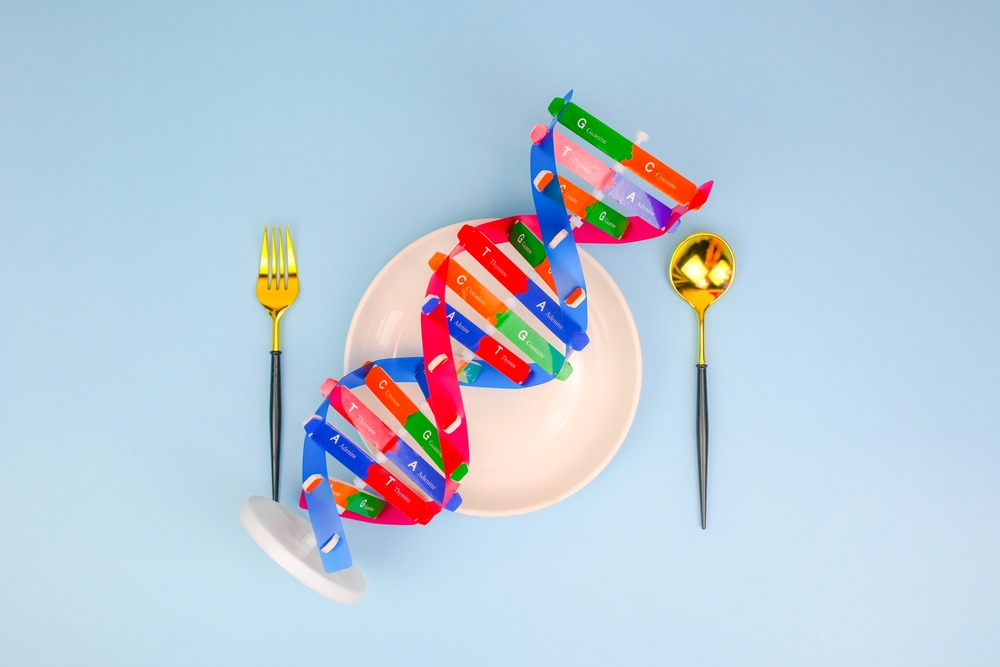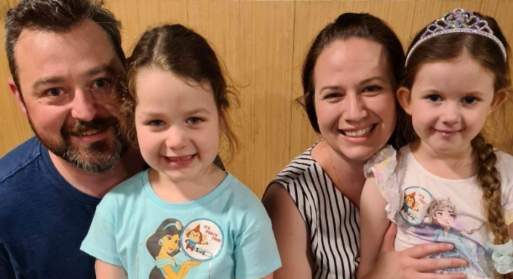Have you ever wondered why one diet works so well for your friend, but doesn’t suit you at all? Dietitian CHARLOTTE ROWLEY explains why people can get such different results, even when they are eating the exact same thing.
If there’s one thing I’ve learnt in my years as a dietitian, it’s that there is no one dietary pattern to suit everyone. Not just because different lifestyle factors change our requirements and how much time we can dedicate towards meal prep, but on a more fundamental level – our bodies just work differently.
While we are all made up of the same components, there are some differences in the way our bodies work that affect how we respond to things we encounter – food, exercise, medication, you name it.
I like to think of the body like a library with thousands of books which tell our body how to function – one book tells us how to digest carbohydrate, one book tells us how to launch an immune response to a virus. Within these books are specific chapters that detail elements of these processes.
For example, to digest carbohydrates, we need enzymes, which are proteins that break the carbohydrates into smaller pieces. This might be one chapter. Another chapter might tell the body how to make the proteins to get the carbohydrate pieces from the stomach to the blood stream. These books, with all our different chapters, are our DNA or genes. DNA is passed down from generation to generation, remaining pretty stable over time.
Different genes can have different impacts upon our health. The BRACA gene for breast cancer has gained a lot of attention in the last few years, and means we are able to proactively treat those with the gene. There are a number of genes that can also promote the development of type 2 diabetes. This include the gene TCF7L2, which affects insulin secretion from the pancreas, and the CAPN10 gene which is associated with glucose metabolism. When it comes to type 2, there are usually multiple genes that play a hand in the development of the condition.
Epigenetics help the body to identify which genes it should read regularly, and which it should ignore.
But there is an extra layer to this story. We talked about the library and the chapters which tell us important information about how the body functions. Now, imagine that we need to read these chapters regularly. We need a way to quickly identify where that chapter is in this whole library, so we bookmark it.
The bookmark is an obvious way to identify that chapter (or gene) in the library. This is something called epigenetics, which literally translates to “on top of the gene”. These help the body to identify which genes it should read regularly, and which it should ignore. Unlike our genes, these epigenetic markers can be added or removed over the course of our lives, in response to what we encounter. It’s a way of quickly changing aspects of our body to best suit the world we live in. Unlike genes, these bookmarks can change quickly.
While epigenetic bookmarks can come from our life experiences, we can inherit some epigenetic marks from our ancestors. The reason for this is that epigenetic bookmarks help us to adapt to the environment we are being born into.
A well-researched example of this is the impact of famine in prior generations on the offspring. In 1944, a severe famine was experienced in Holland. Examining the children of women who were pregnant during the famine showed that these famine babies had higher rates of cardiovascular disease, type 2 diabetes and schizophrenia. This was determined to be a result of epigenetic markers laid down during the pregnancy, which told the baby that food in the “outside world” was scarce, and so they should alter their metabolism to increase the amount of energy taken from food. Because the famine ended at the end of the war, these children, who were primed for a world of famine, but entered a world of plenty, had a mismatch between their metabolism and their environment.
So, sometimes the body is trying to protect us, but actually causes some problems in the process. Between genes and epigenetic markers, we can start to understand why people respond differently to different lifestyle factors, such as diet. But, as we’ll see in the next issue, there is another piece in this puzzle – the gut microbiome.





